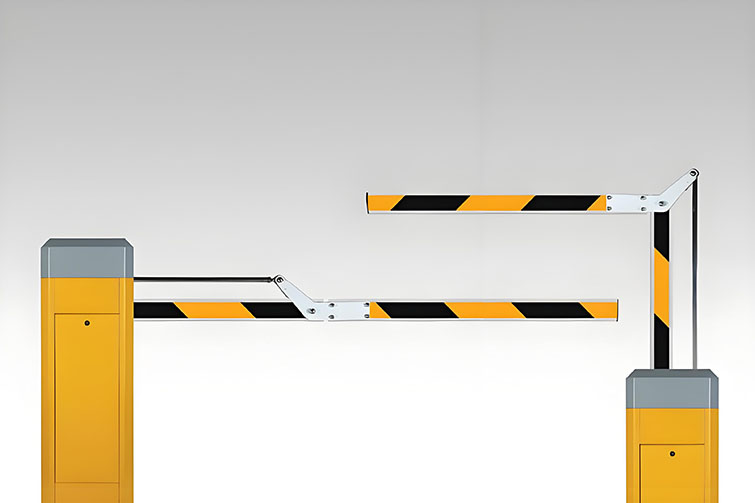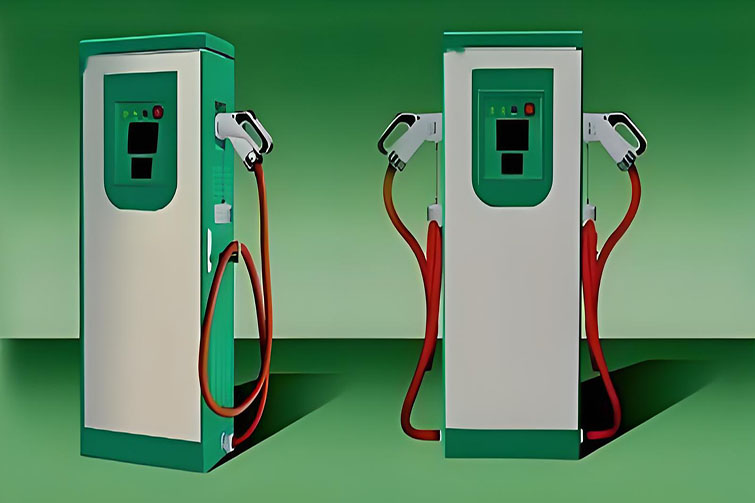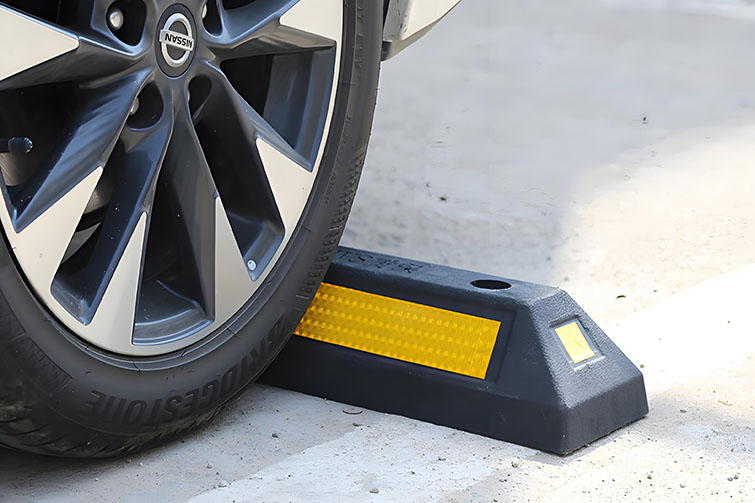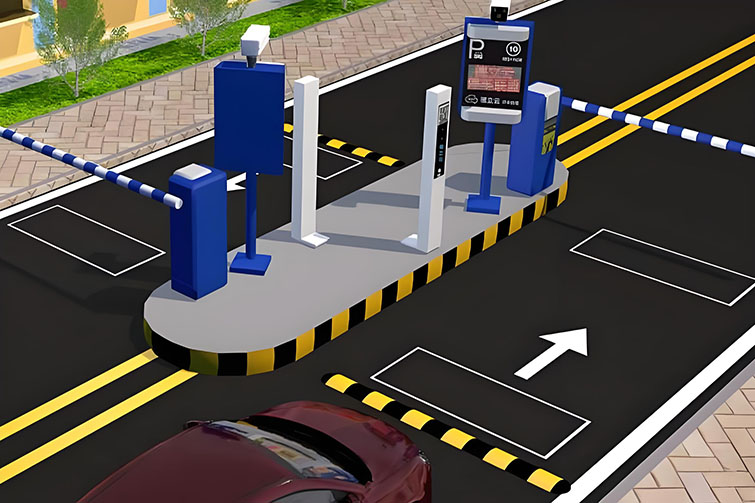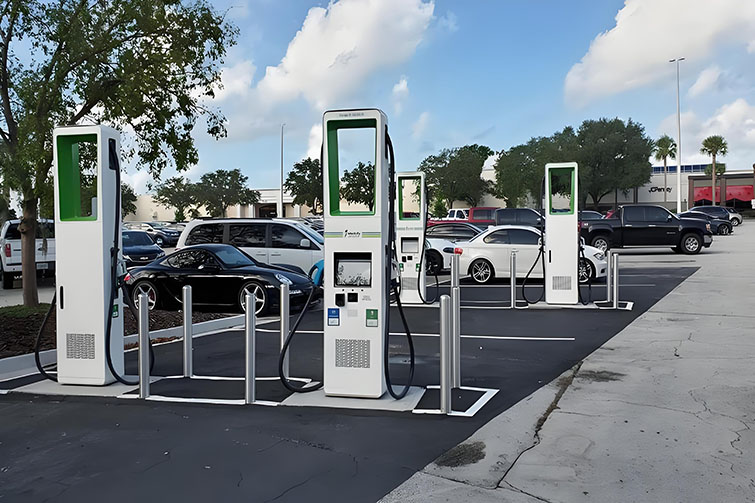
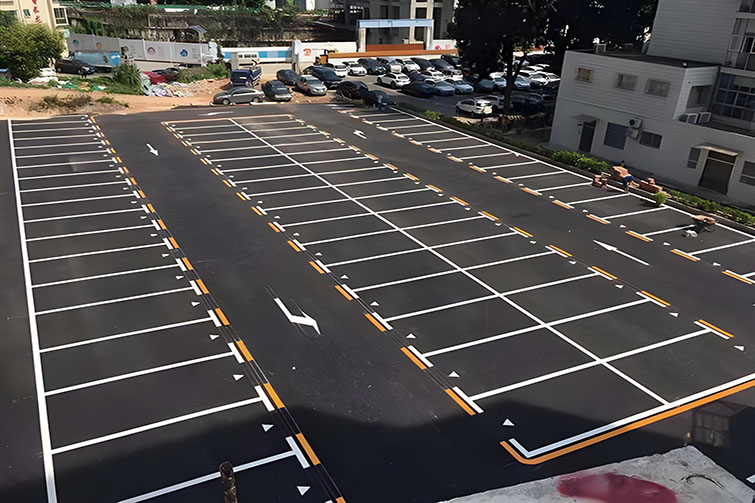
Designing Efficient Parking Lots with Typical Parking Space Size in Mind
The design of parking lots is a critical aspect of urban development, influencing not only vehicular traffic flow but also pedestrian safety and property aesthetics. Understanding the typical parking space size is essential for optimizing these areas efficiently.
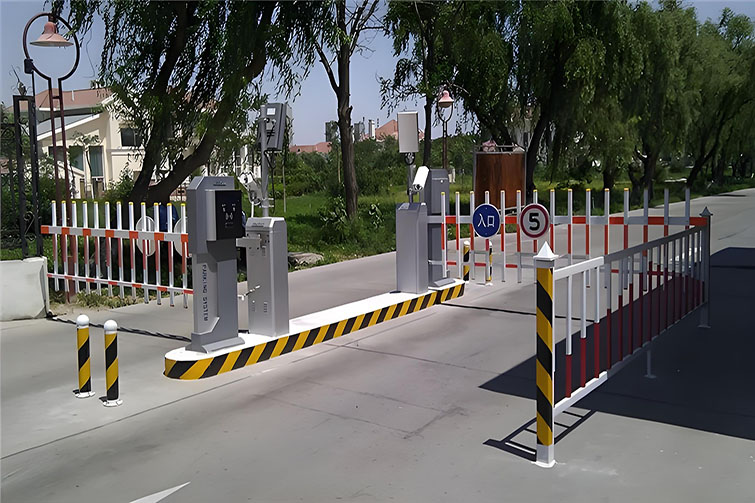
1. The Impact of Typical Parking Space Size on Design
The typical dimensions for a parking space significantly affect how parking lots are structured. The average size of a parking spot is usually around 9 feet wide by 18 feet long. However, the needs can vary based on the type of vehicle expected to use the facility. For compact cars, spaces might be smaller, whereas SUVs and trucks might require larger areas.
2. Optimizing Parking Lot Layout
Efficiency in parking lot design is not solely about maximizing the number of parking spots but also about ensuring smooth traffic flow and safety. The layout should allow for easy navigation and quick access to parking spots while minimizing the risk of accidents. This involves considering the right spacing between rows and ensuring that the parking spot width accommodates all vehicle types expected in the lot.
3. The Role of Parking Barrier Gates
Incorporating parking barrier gates is crucial for controlling access and enhancing security in parking lots. A parking lot barrier gate can manage vehicle entry and exit, prevent unauthorized access, and even help manage traffic flow during peak hours. The placement of these gates should be strategic to maximize their effectiveness without disrupting traffic flow.
4. Parking Barrier Gate Integration and Operation
Integrating a parking barrier gate requires planning both for electrical and mechanical aspects. It’s essential to ensure that the barrier can operate smoothly and efficiently, with minimal maintenance. Additionally, the technology used in parking barrier gates has evolved, offering options such as remote control and automatic detection of vehicles, which further enhance operational efficiency.
5. Considerations for Future-Proofing Parking Lot Design
As vehicle sizes and types evolve, so too must parking lot designs. Future-proofing involves considering flexible layouts that can adapt to changes in vehicle dimensions or an increase in electric vehicles, which may require different configurations for charging stations.
Conclusion
Designing efficient parking lots with typical parking space size in mind requires a balance of many factors. By optimizing parking spot width, integrating effective parking barrier gates, and planning for future needs, developers can create parking facilities that are not only efficient but also secure and adaptable to future demands. Understanding these elements allows for better planning and implementation, ultimately leading to a more functional and user-friendly parking environment.


